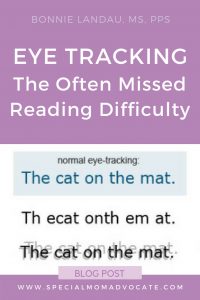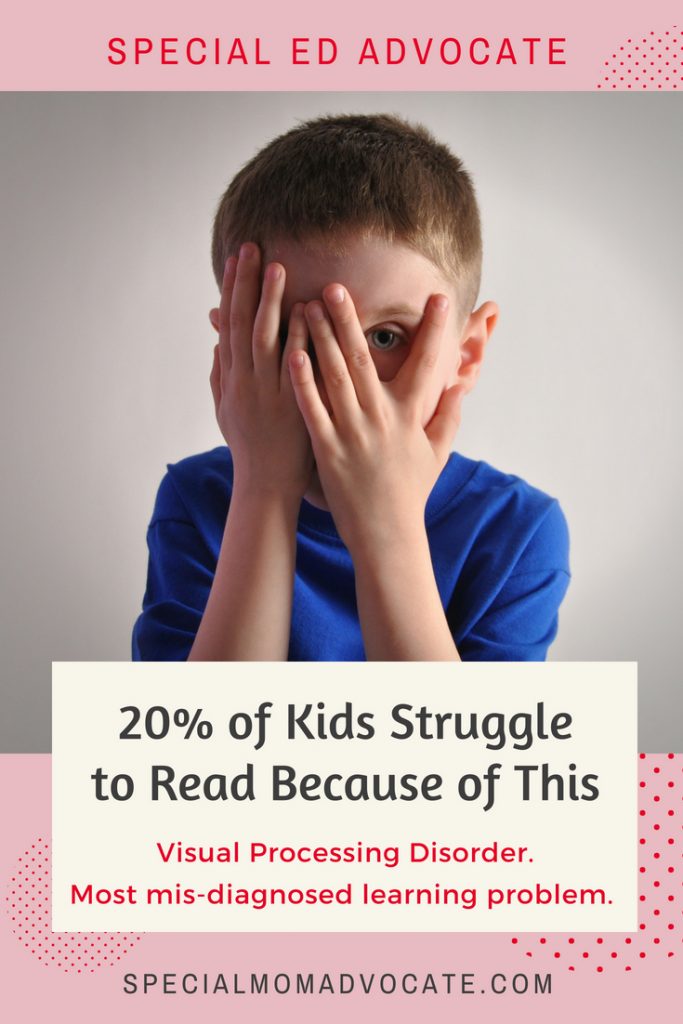 When a child struggles with reading we often look to their effort or the teaching method as the source of the problem. After all, if they tried harder, or if we cater to their optimum learning style, chances are good the information will click and they will be on their way to reading success. But for many children all the effort in the world brings them some success, but they never read with ease.
When a child struggles with reading we often look to their effort or the teaching method as the source of the problem. After all, if they tried harder, or if we cater to their optimum learning style, chances are good the information will click and they will be on their way to reading success. But for many children all the effort in the world brings them some success, but they never read with ease.
This was the case with my 10-year-old son James. He couldn’t read at all until I found the Easyread System which got him caught up to reading a year above grade level. But even though he could read the words, his fluency was 2 years behind what it should have been. I didn’t think it was a visual processing issue because I had him evaluated by a pediatric ophthalmologist who said all was well and his eyes were not the problem.
What I did not realize was that these visual issues often go unnoticed until the child enters the higher grades where they use their eyes more for close-up work. Also, the best person to discover these visual issues would be a behavioral optometrist. Pediatric ophthalmologists and regular optometrists do not check for eye-movement disorders so they are often missed in this exams.
Learning all of this we took James to a behavioral optometrist and he was recently diagnosed with severe eye-tracking difficulties.
What is an eye-tracking issue?
The left/right movement of your eyes when reading is called a saccade movement. It is probably the most delicate and complicated muscle movement your body makes. Eye-tracking issues exist when one or both eyes have difficulty moving smoothly and accurately in this side-to-side motion.
Here is an example of the type of eye movements eye-tracking issues would create. Try to follow along with the words and see if you can understand what it is saying.
![]()
Eye-tracking issues can also include difficulty focusing on one spot (like fixating on one word on the page. As a result the child may look distracted by looking around a lot, when in fact the child is incapable of holding their eyes on a fixed point.
This difficulty with movement and fixation can actually cause visual distortions or cause the text to move around. Here are some examples of how the text might appear:
Symptoms of eye-tracking difficulties
It is not hard to spot if a child is having difficulty in this area. If your child can read individual words really well, but reading falls apart when they have to read a page of text, it is a strong indicator that eye-tracking is a problem. Other eye-tracking symptoms can include:
– Strong resistance to reading
– Skipping words when reading
– Skipping lines when reading
– Loses place in the text
– Uses finger to try and keep place on a line
– Guessing words
– Easier to read when the font is large
– Slow, halting reading pattern
– Tires quickly when reading
– Rubs eyes, squints a lot or eyes water
– Keeps looking away when trying to read
– Headaches
– Fidgety when reading
– Tilts head when reading
Eye-tracking effects way more than reading, so you may also see symptoms in everyday life. This could include:
– Difficulty catching or hitting a ball
– Avoids activities that require good depth perception
– Fear of riding a bike without training wheels
– Clumsiness
– Frequent spills or bumping into objects
– Avoids eye contact
It’s important to note that while the child has all these symptoms, they may never bring it to your attention. For them it is how things have always been so they don’t know it can be different. So even though the struggle is great, the child will simply persevere instead of asking for help.
What can be done to help eye-tracking?
The good news is that there are exercises that can significantly improve eye-tracking and even correct it all together. At Easyread about 25% of our students have eye-tracking issues, and for most of them a simple exercise seems to resolve the issue:
Sit in a chair and pick up a pencil or other vertical object. Holding the object vertically in one hand, put your arm straight out in front of you. Now move your hand left to right and back again in an 18” arc. Your eyes should follow the pencil in a left/right movement, keeping your head still. We have found doing this exercise for 20 seconds, 5 to 10 times a day for just 10 days can have a significant impact on eye-tracking.
For some kids though, the issue is more severe. In those cases the behavioral optometrist can provide a series of vision therapy which will improve the problem. The success rates are very high with this therapy. In cases where the correction is not 100%, the behavioral optometrist can prescribe prism glasses.
In James’ case we are just starting on the path of vision therapy so I do not yet know what the result will be. In the meantime the optometrist has prescribed prism glasses so James can have some assistance tracking text. I’m just glad we finally figured this out. James loves to read, and now he’s finally going to have the chance to read as much as he wants without the challenges of chasing down the words.
ABOUT THE AUTHOR:
Bonnie Landau is a professional counselor and holistic therapist in Ventura County, California. Her specialities include therapy for autism, therapy for ADHD, and therapy for parenting who have kids with autism or ADHD or other neurodivergence. She changed careers from graphic design to counseling with the goal of helping struggling parents of kids with ADHD, autism, or other neurodivergence find strategies and solutions to help their children succeed. Bonnie is also the author of Special Ed Mom Survival Guide: How to Prevail in the Special Education Process and Find Life-long Strategies for You and Your Child.



